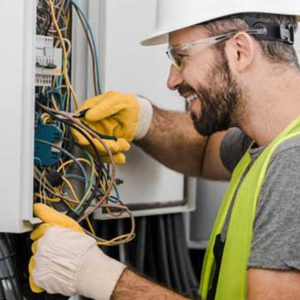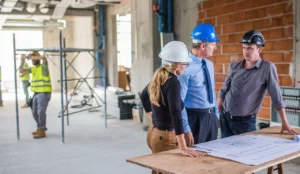When preparing for a new HVAC installation, it’s crucial to have a plan in place to ensure everything goes smoothly. Whether you’re upgrading an old system or setting up a new one, following a well-organized HVAC installation checklist will help you avoid common mistakes and make sure your system operates efficiently.
In this article, we’ll break down the six essential items that should be on your checklist.
1. Assess Your Home’s Heating and Cooling Needs
Before you begin the installation process, assess the heating and cooling needs of your home. Every home is different, so simply replacing an old unit with a similar model might not be enough.
Factors like square footage, insulation, window size, and sunlight exposure all play a role in determining the right HVAC system for your space. Hiring a professional to conduct a load calculation ensures that your new system will be the correct size and capacity, preventing issues like overworking or underperforming units.
2. Choose the Right HVAC System
One of the most important steps on your HVAC installation checklist is choosing the right system. There are various types of HVAC systems, including split systems, heat pumps, and ductless mini-splits.
Each option has its pros and cons, so it’s important to consider factors like energy efficiency, budget, and your specific home needs. Additionally, if you are doing an AC replacement, be sure to research newer models that may offer better energy savings and improved performance.
3. Ensure Proper Ductwork Inspection and Sealing
Your HVAC system depends on good ductwork to distribute air efficiently throughout your home. Before installation, have your HVAC duct installation inspected for any leaks, blockages, or signs of damage.
Properly sealed and insulated ducts can improve airflow, lower energy bills, and ensure your system runs smoothly. If any problems are found, repair or replace the ductwork before moving forward with the commercial HVAC installation.
4. Plan for Thermostat Upgrade
A new HVAC system won’t perform at its best without a quality thermostat to control it. On your HVAC installation checklist, don’t forget to consider upgrading to a smart thermostat.
These devices allow you to control your heating and cooling system remotely. Many modern thermostats even learn your habits and preferences, automatically adjusting the temperature to save you money and energy.
5. Verify Electrical Connections and Power Supply
Your new HVAC system requires a reliable electrical supply to operate effectively. Before installation, have an electrician or HVAC technician check the electrical panel to ensure it can handle the load of the new system.
Sometimes, older homes may require upgrades to their electrical systems to support the increased demand. Ensuring that your power supply is adequate prevents outages and possible damage to your new HVAC unit.
6. Schedule a Final Inspection and Test Run
After installing your new HVAC system, the final step is to schedule a thorough inspection and test run. A licensed HVAC technician should inspect the entire system. They must ensure it is installed correctly and working properly.
They should check for proper airflow, refrigerant levels, and thermostat function. This final step ensures your system is ready for long-term use, giving you peace of mind that your home will stay comfortable year-round.
Your HVAC Installation Checklist for Success
This HVAC installation checklist will help you. It will ensure your new system is installed properly and works efficiently. Whether doing an AC replacement or installing a system for the first time, checking off these essential items will save you time, money, and stress.
Got questions? We’ve got answers! Check out our blog for loads of interesting and helpful content today!





Be First to Comment